Nikon’s ‘Sporting the Unexpected’ Series Puts Athletes In Striking and Strange Situations
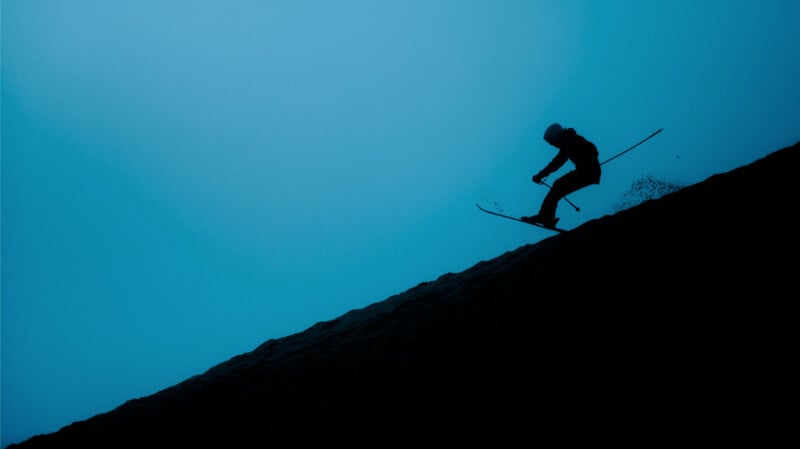
The Nikon Z6 III is a very powerful new camera and a popular one, too, as PetaPixel readers can attest. To showcase the device’s prowess, Nikon Europe enlisted the help of four talented professional sports photographers.
For the aptly named Sporting the Unexpected series, Nikon worked with Dani KM, Anouk Flesch, Little Shao, and Ray Demski, all experienced photographers with unique styles. PetaPixel chatted with each to learn more about their photography, the new photos they created with the Z6 III, and how improving camera technology impacts their work.
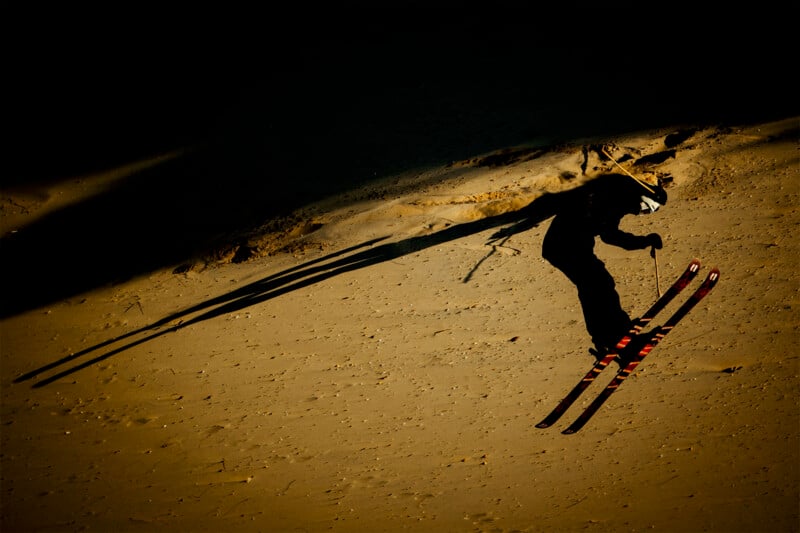
One of the key features of the Z6 III is its brand-new partially stacked 24-megapixel image sensor. Although not as swift as the fully-stacked sensor in the Z8 and Z9, the Z6 III can still record full-resolution RAW images at up to 20 frames per second with minimal rolling shutter distortion. As KM, Flesch, Shao, and Demski demonstrate, the Z6 III is absolutely up to the task of high-end sports and action photography, especially compared to its predecessor.
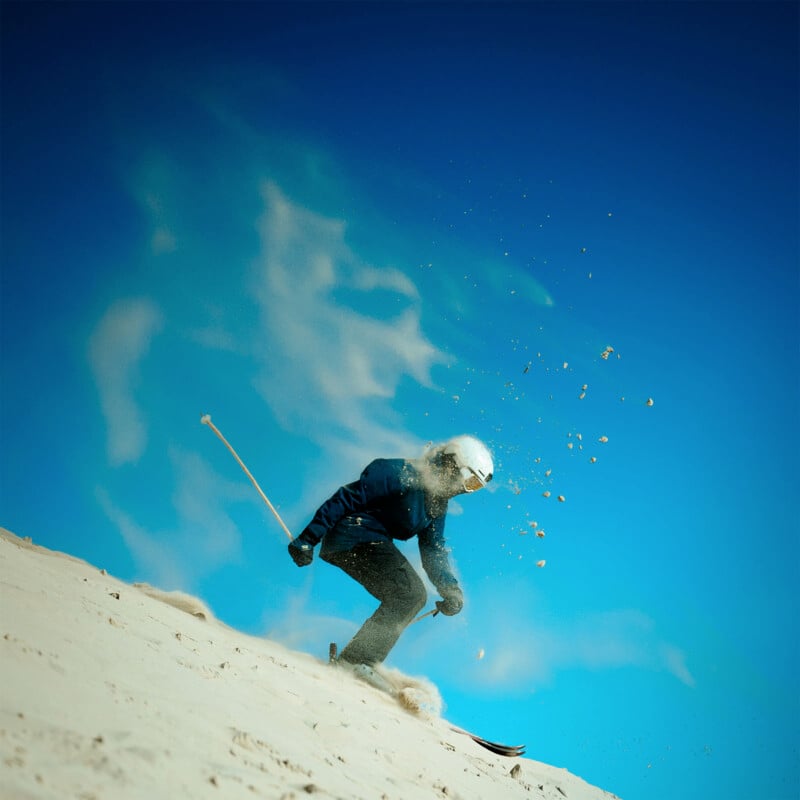
“The Z6 III’s speed — particularly the faster autofocus and 1/16,000 shutter speed — was essential for this series,” says Anouk Flesch, who took the Z6 III to the Dune du Pilat near Bordeaux, France, to showcase athletes skiing in sand rather than snow.
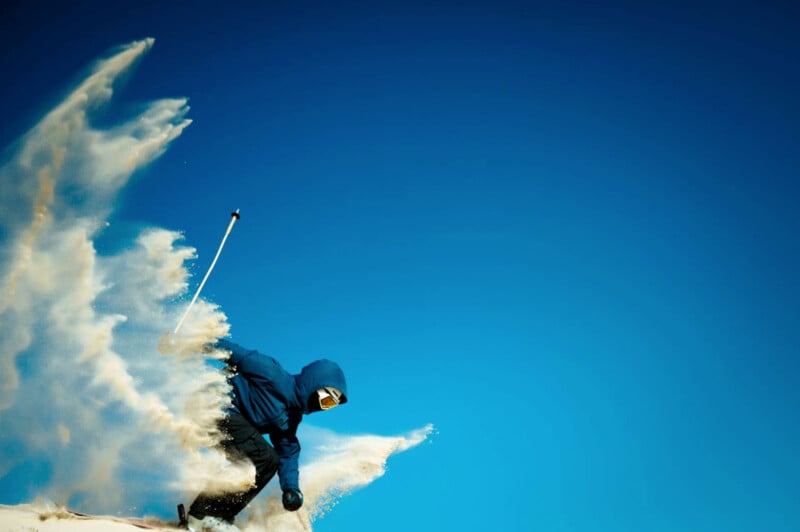
“These features allowed me to focus on creativity rather than being limited by technical constraints,” Flesch continues, adding that she always strives to “emphasize the natural tones of the environment,” and in the case of skiing in dunes against a blue sky, “the contrast between warm and cool tones.”
Little Shao likewise put athletes in an unusual environment, photographing break-dancer Link in a French forest.
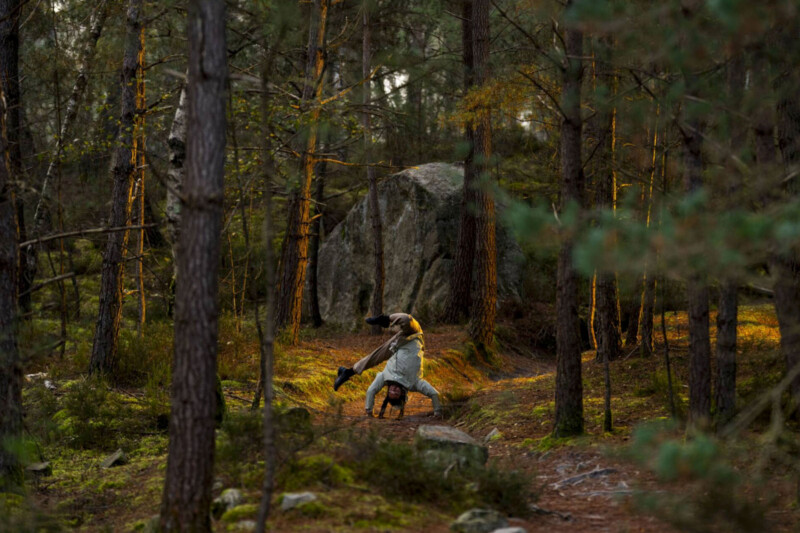
“I wanted to create something we don’t see often. The forest floor and environment are so hostile to breaking — you can’t spin, it’s difficult to find balance because the ground is uneven and unpredictable. But in terms of creativity, when paired with the right person, it can be magical and striking enough to capture people’s attention,” Little Shao tells PetaPixel.
“These days, we’re bombarded with so much content on social media that it almost desensitizes us. People tend to go for simple, safe ideas or repeat what’s already proven to work, all to chase views. Very few people are willing to push themselves creatively or take risks with ideas that might not go viral,” the photographer continues.
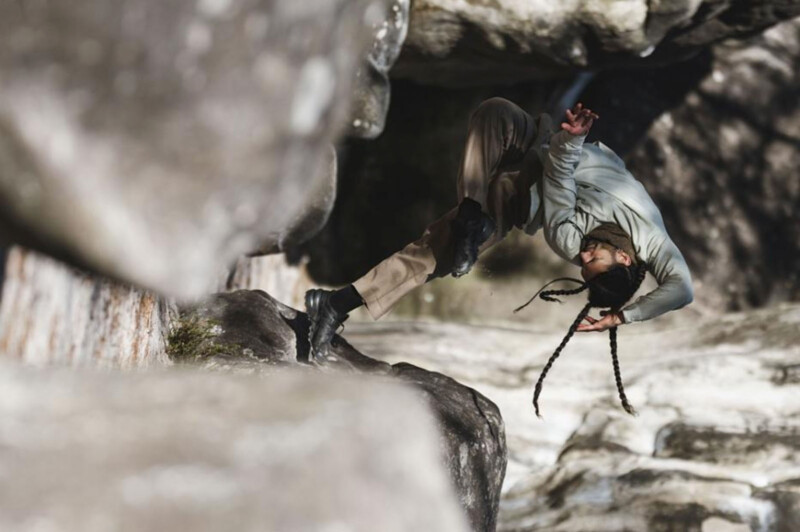
Little Shao says Link was the perfect b-boy for the project. Known for his creativity and out-of-the-box style, Link was certainly up for breaking in the forest.
While the Z6 III and many other high-end cameras are plenty fast enough to freeze action, conveying a sense of motion in a still photograph is challenging, and depends heavily on the photographer’s technical and artistic skills.
“I would say there are two things that I really have to take care of in order to show motion in still photos,” says Little Shao. “First is what you’re capturing. Movement within the scene naturally suggests motion, but it’s also important to convey the story behind the photo. If the image feels alive and tells a story, I believe it brings motion into the viewer’s subconscious. Combine this with a subject in action, and it enhances the sense of movement even further because the body, subject, or object visually expresses intention and direction within the frame.”
The second important factor is framing and positioning the subject.
“You can guide the viewer’s perception of motion. For example, if the action moves from left to right, it’s effective to frame the subject on the left,” allowing the viewer to imagine the subject’s path through the frame. Giving a moving subject somewhere to go inside the frame is essential.
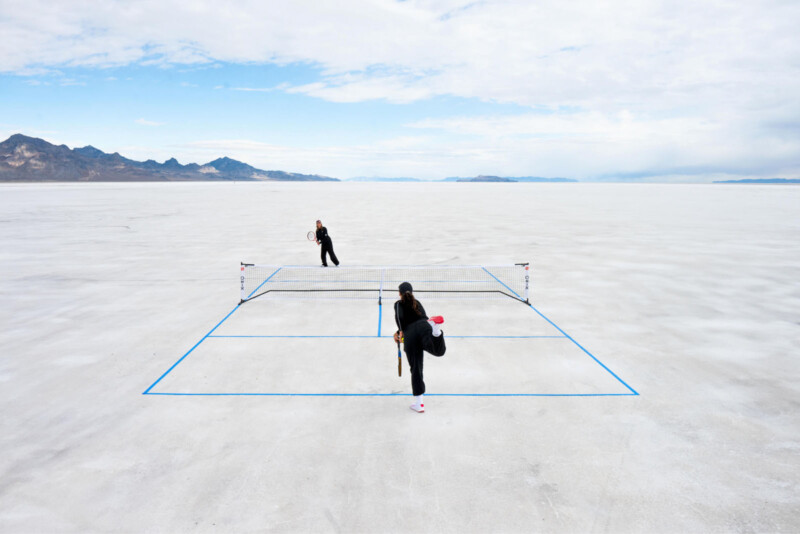
Dani KM transported tennis players from the courts to nature. Dani captured a tennis match played on Utah’s bright white salt flats, putting the Z6 III’s dynamic range to the test. Although sports photos typically put the sport itself first, KM wanted to emphasize the environment.
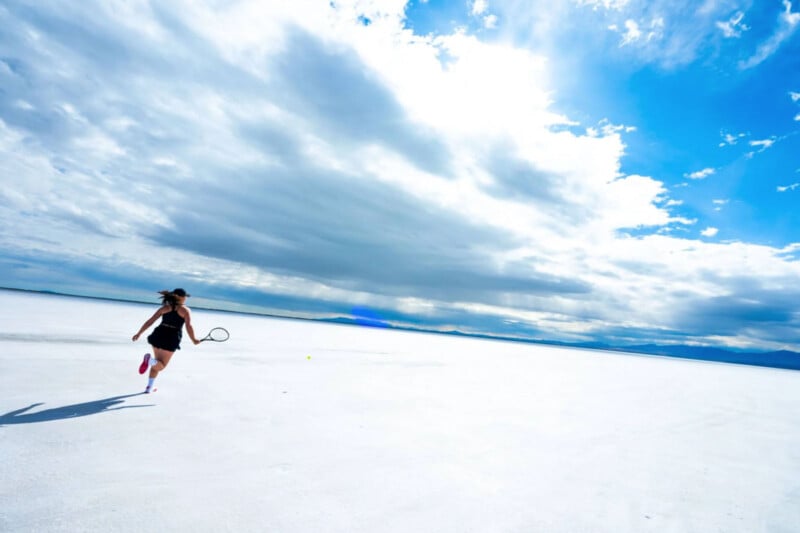
“For this project, I felt that Nikon really trusted the creative process, allowing me the freedom to explore new ways of approaching my photos. It felt like the right time to take a different direction, especially with such a spectacular landscape. I wanted to honor the expansiveness of our surroundings, so I made sure the viewer would first focus on the environment, with the sport coming second. It was a unique opportunity where I could prioritize nature in a sports photoshoot.”
The Z6 III helped KM in a somewhat unexpected way. While shooting speeds and reliable autofocus always matter for sports photography, KM notes that the EVF’s brightness was especially vital in this environment.
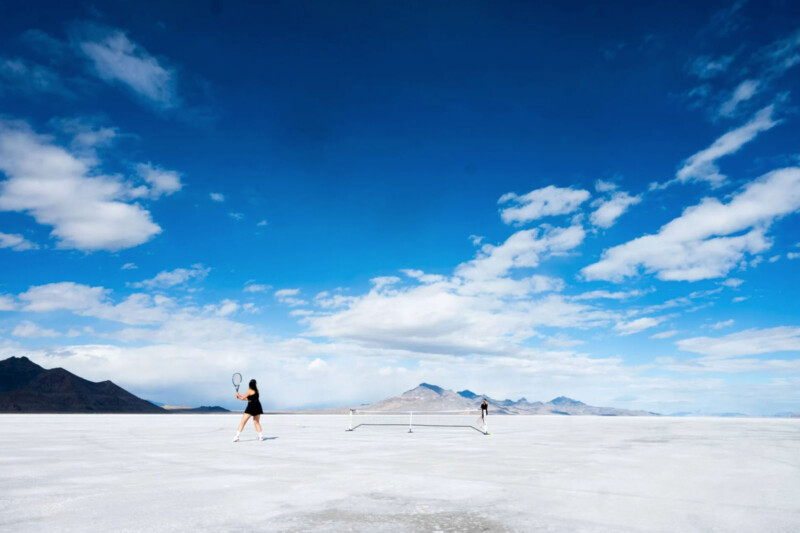
“With this camera, there’s no discrepancy in brightness; what you see through the EVF is just as clear as what your eye perceives,” she says, noting that she shoots with both eyes open when possible.
KM also utilized the camera’s 120 frames per second shooting mode, which is JPEG only. “In sports photography, timing is everything, and with this frame rate, I’m able to capture that perfect moment without missing a single frame.”
Action photographer Ray Demski ventured into a mountain cave in Germany to photograph boxers, using off-camera lighting to create a dynamic shadow boxing scene.
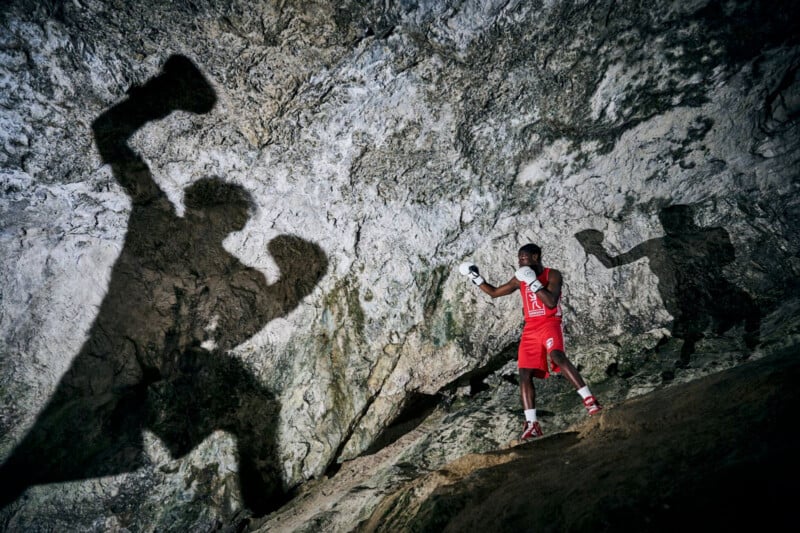
“For this shot of the boxer sparring with his shadow, I used a simple lighting setup with a single bare Nikon SB-5000 speedlight (https://petapixel.com/2016/01/05/nikons-new-sb-5000-is-the-first-speedlight-to-utilize-radio-frequency/) placed on the cave floor,” Demski tells PetaPixel. “This created clean, strong shadows. The flash was positioned near a second boxer, just out of frame, and aimed to cast an enlarged shadow on the wall while also lighting the main boxer.”
Nikon’s Creative Lighting System is an often underappreciated aspect of the company’s product lineup. Although photographers use lights from many different companies, Nikon’s speedlights and cameras all play nicely with each other.
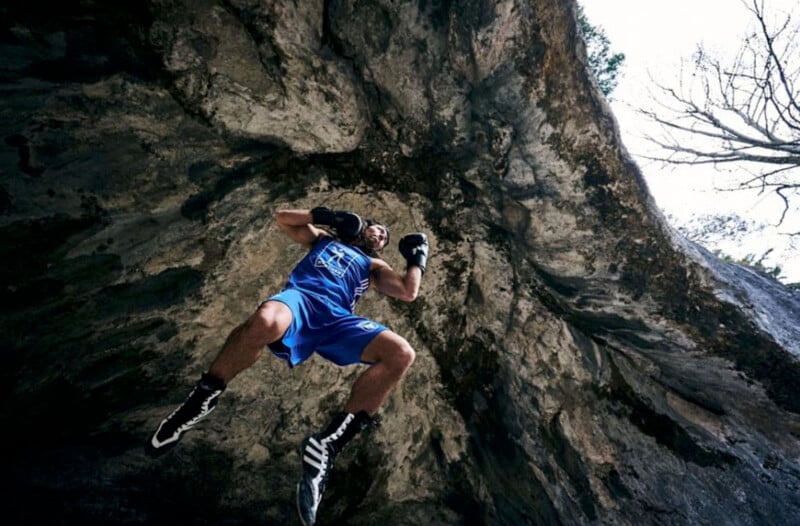
“The Nikon CLS system and speedlights are ideal for keeping my gear lightweight and flexible, especially when I can’t carry large lights to hard-to-reach locations. With the Z6 III, adding the compact Nikon WR-R10 allows me to control multiple groups of Nikon SB5000 speedlights via radio transmission. It’s incredibly efficient, particularly when making adjustments to flashes positioned in difficult spots — like the top of the 7.5-meter light stand I used in the cave for some shots,” Demski adds.
The Sporting the Unexpected series aims to demonstrate what makes the Z6 III a capable sports and action camera. There’s little doubt that it is, in fact, a highly competent camera. As PetaPixel explained in its Z6 III Review, the camera is one of the most complete mid-range hybrid cameras on the market. It offers a lot of performance for its price, significantly undercutting flagship-level cameras in terms of cost without giving up much by way of performance. The Z6 III strikes a great balance.
While none of the shots above are impossible to capture with a fair number of other cameras from Nikon or its competitors, it’s always worthwhile to see how professional photographers use the latest models and learn more about the features they care most about for their work.
Image credits: Photographs provided by Nikon. Photographers are credited in the individual photo captions.